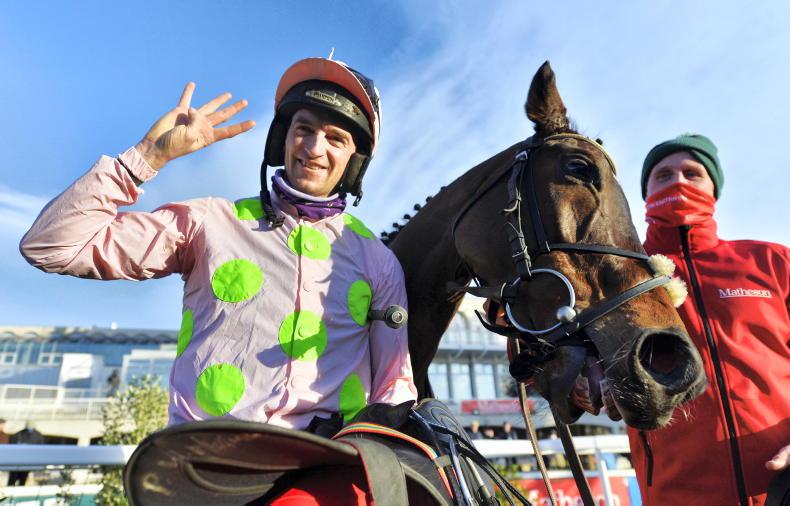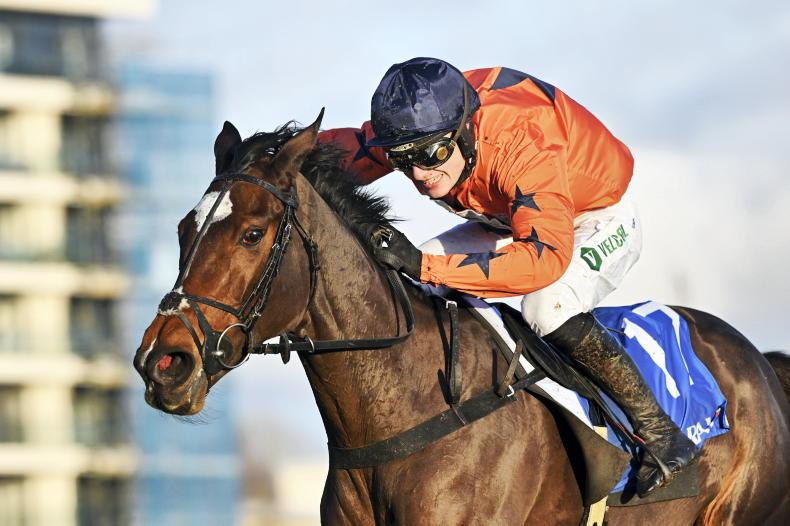HELEN Sharp (HS): Watching the horses on the gallops, can you describe the things you are looking for?
Lucinda Russell (LR): It’s funny, all my life I have found it easier to ride horses to find out how they are feeling rather than watch them. Scu (Peter Scudamore MBE - Russell’s partner, assistant trainer and former National Hunt Champion Jockey) and Blair Campbell, one of our assistant trainers, watch most of the horses on every gallop. I think they are obviously looking for how well the horses go against each other, we pair them up on a work day and see how they are coping against another horse of similar ability.


 This is a subscriber-only article
This is a subscriber-only article
 It looks like you're browsing in private mode
It looks like you're browsing in private mode












SHARING OPTIONS: